Martial arts are more than just methods of self-defense or sport; they are profound expressions of cultural heritage and philosophy. Across the globe, numerous martial arts have developed, each rooted in the history and traditions of its people. While many are familiar with popular styles like karate and taekwondo, there exists a fascinating world of lesser-known martial arts, each with its unique techniques and rich histories. In this article, we explore some of the rarest martial arts from around the world, shedding light on their origins, practices, and the deep cultural significance they hold within their communities.
Silat Melayu
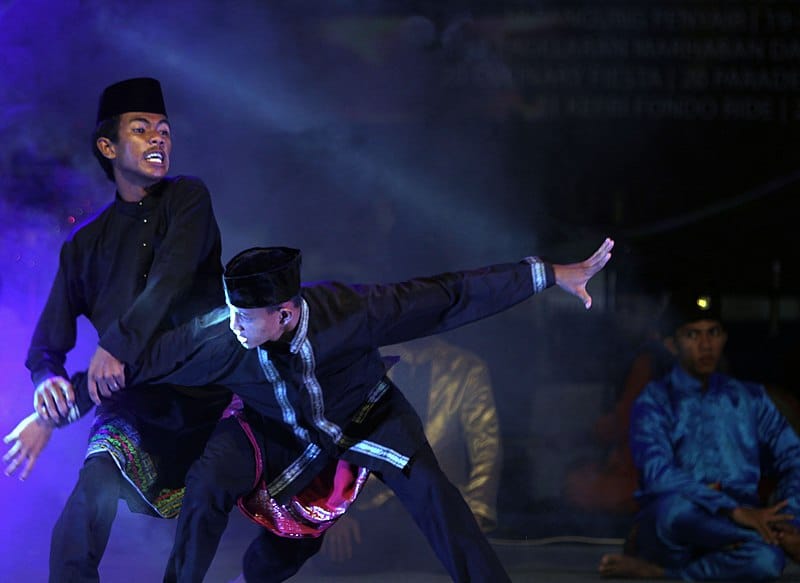
Predominantly practiced in Malaysia and Indonesia, Silat Melayu is a martial art steeped in grace and philosophy. This style is distinct for its fluid movements and a strong emphasis on self-defense. Historically used by warriors, it now serves both spiritual and practical purposes in modern times, making it a rare gem in the martial arts world.
Bokator
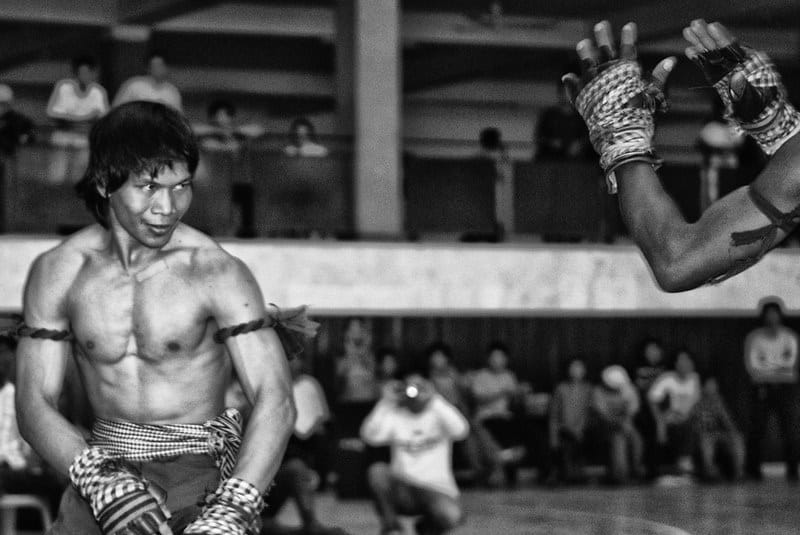
Originating from ancient Cambodia, Bokator is one of the oldest fighting systems in the country. Practitioners wear blue and red silk cords, symbolizing levels of expertise. It is characterized by its animal-inspired techniques and was nearly extinct until efforts for its revival began in the early 2000s. Today, Bokator is considered rare but is gaining recognition once more.
Catch Wrestling

Known for its no-holds-barred style, Catch Wrestling originated in England several centuries ago. This combat sport combines elements of wrestling, judo, and jiu-jitsu. It’s particularly rare due to its raw, unpolished nature and emphasis on submissions without the use of a gi, distinguishing it from more mainstream wrestling styles.
Laamb
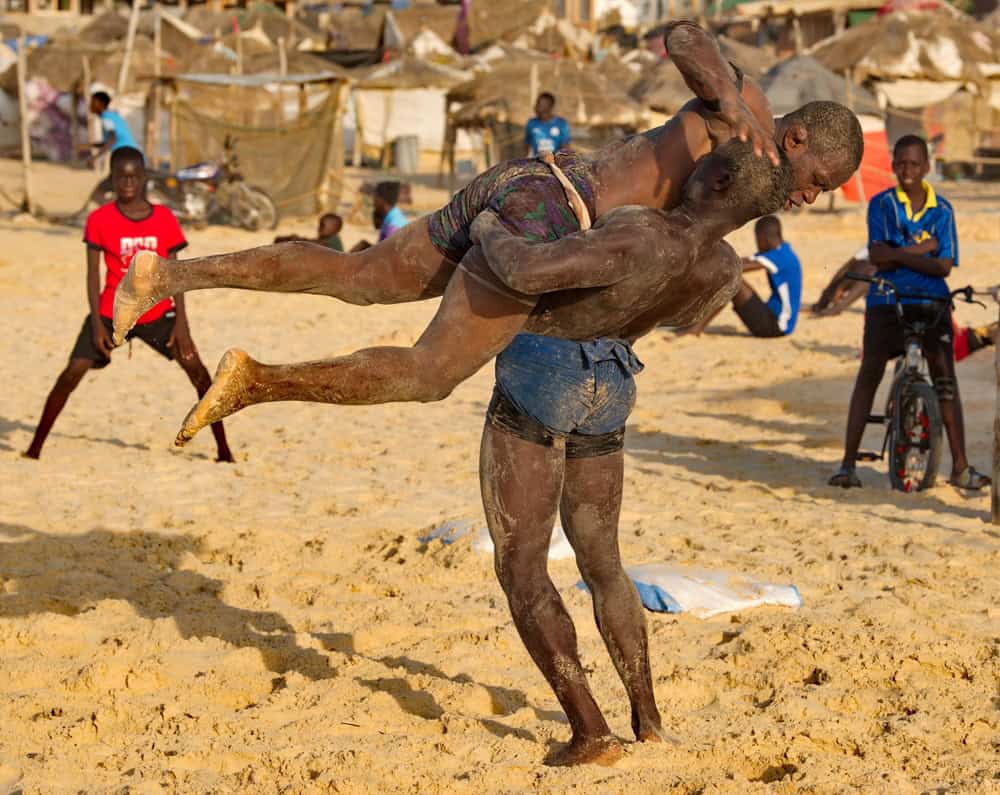
As Senegal’s national sport, Laamb, or Senegalese wrestling, combines wrestling techniques with ritual and music, creating a vibrant cultural spectacle. It’s not just a sport but a major social event, rare outside its homeland due to its deep cultural ties and ceremonial importance.
Tinku

Hailing from Bolivia, Tinku is a ritual fighting festival with indigenous origins. It involves community members engaging in combat as a form of sacrificial offering to ensure good harvests. The rarity of Tinku lies in its spiritual and communal significance, remaining primarily confined to specific Bolivian communities.
Glima
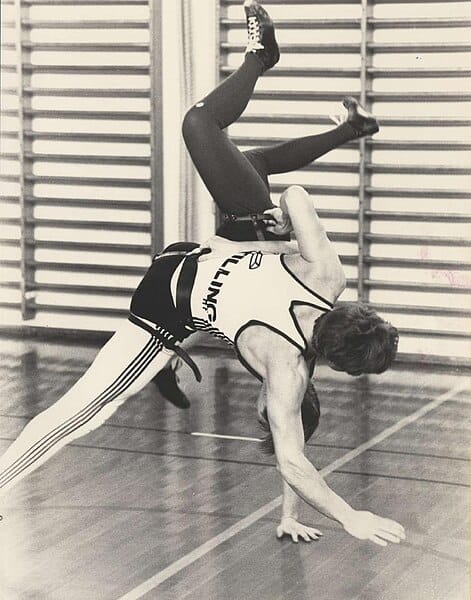
As a Viking martial art, Glima is still practiced in Iceland and involves techniques designed to keep both fighters upright. It’s rare due to its regional specificity and ancient origins, reflecting the Viking spirit of combat and honor.
Dambe
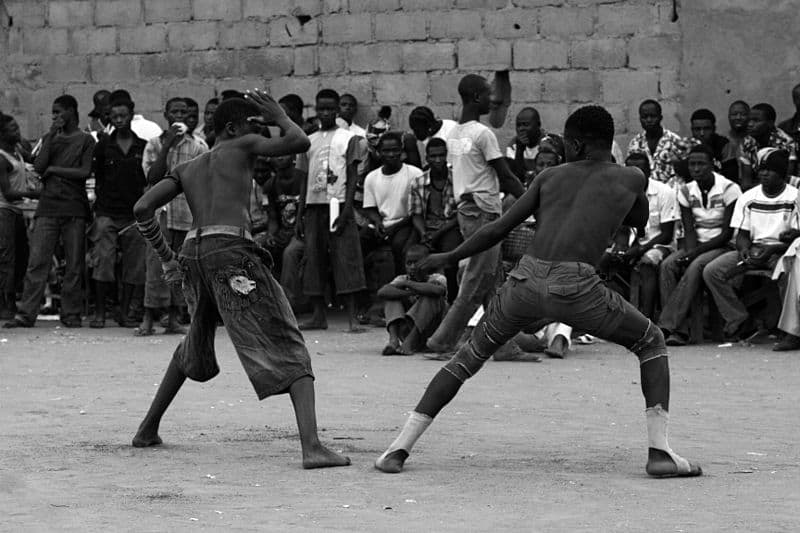
Traditionally practiced by the Hausa people of Nigeria, Dambe was once a combat sport for warriors. It features a distinctive style where fighters use one wrapped arm to strike. The rarity of Dambe comes from its deep-rooted cultural significance and its evolution from a form of warrior training to a recreational sport.
Pehlwani
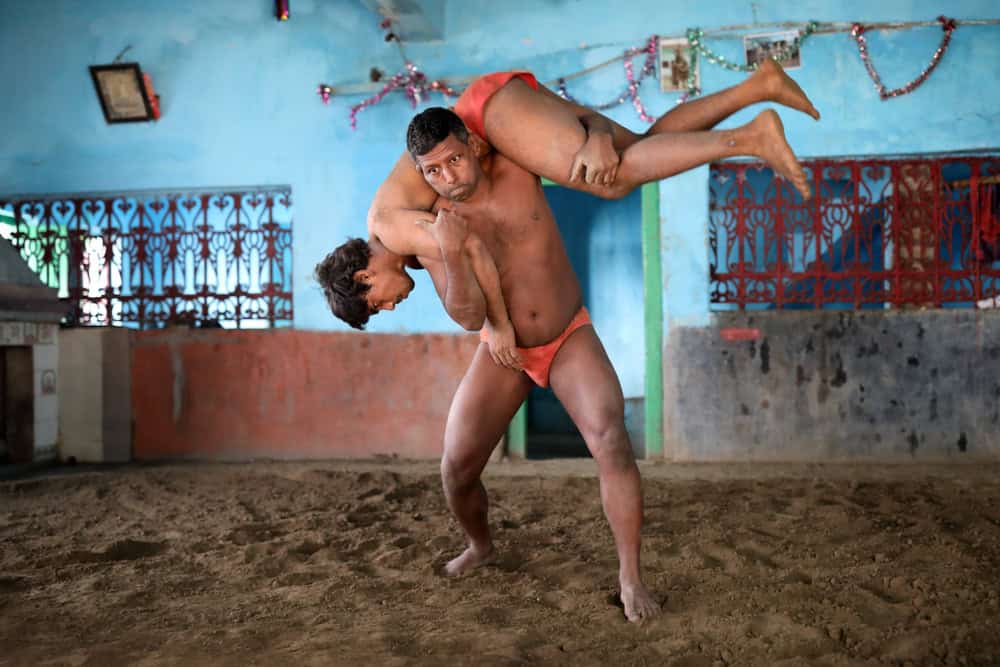
An ancient form of wrestling from India, Pehlwani or Kushti focuses on strength, stamina, and spiritual purity. The rarity of this art can be attributed to the intensive training and strict lifestyle required, which includes rigorous exercises and a specific diet, making it less common in today’s fast-paced world.
Kalaripayattu

Known as one of the oldest fighting systems, Kalaripayattu from Kerala, India, includes strikes, kicks, grappling, and weaponry. Its rarity lies in its comprehensive approach to combat and its deep philosophical roots, which integrate martial arts with medical practices and spiritual development.
Varzesh-e Pahlavani
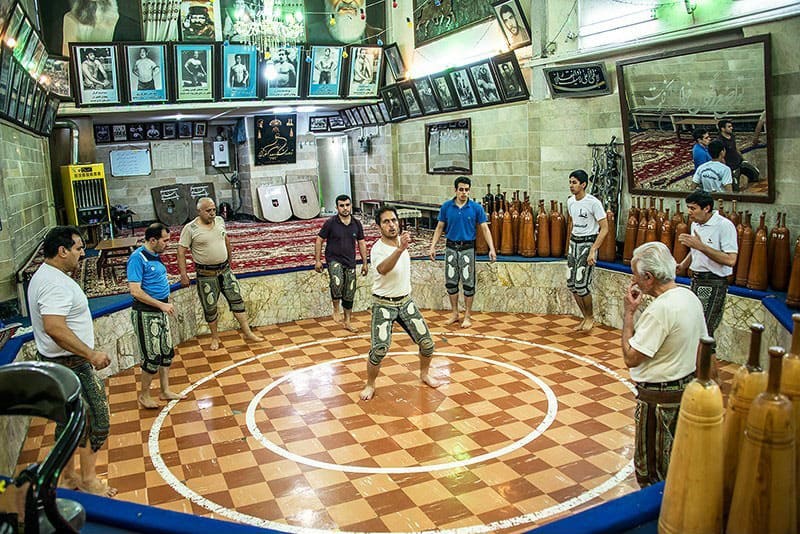
This traditional Persian martial art combines physical training with elements of ancient Persian culture and Sufism. Known also as “The Sport of Heroes,” its rarity is due to its comprehensive nature, combining physical education, ethics, philosophy, and mysticism.
Naban
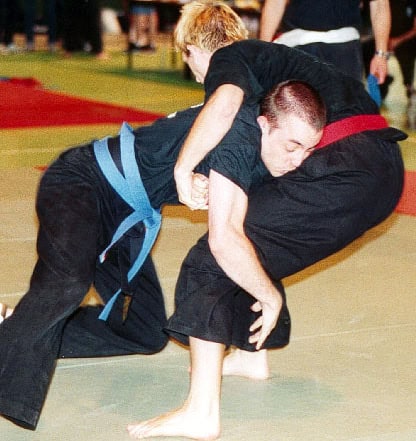
This Burmese wrestling style is rare outside of Myanmar and includes grappling techniques and the strategic use of locks. Naban is particularly celebrated during various festivals, adding to its cultural uniqueness.
Huka-huka
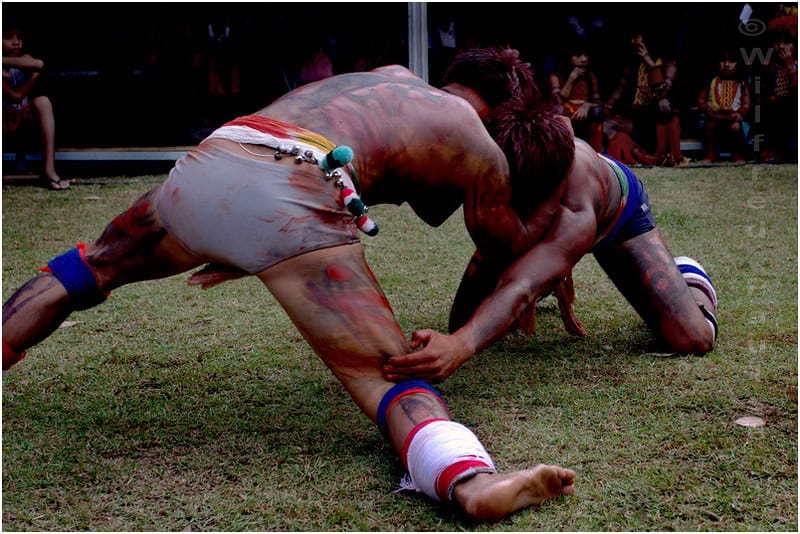
Practiced by the Xingu people of the Brazilian Amazon, Huka-huka is a wrestling style used during ceremonial occasions, notably the Kuarup festival. Its rarity is accentuated by its sacred context and the secluded nature of its practitioners.
Ssireum
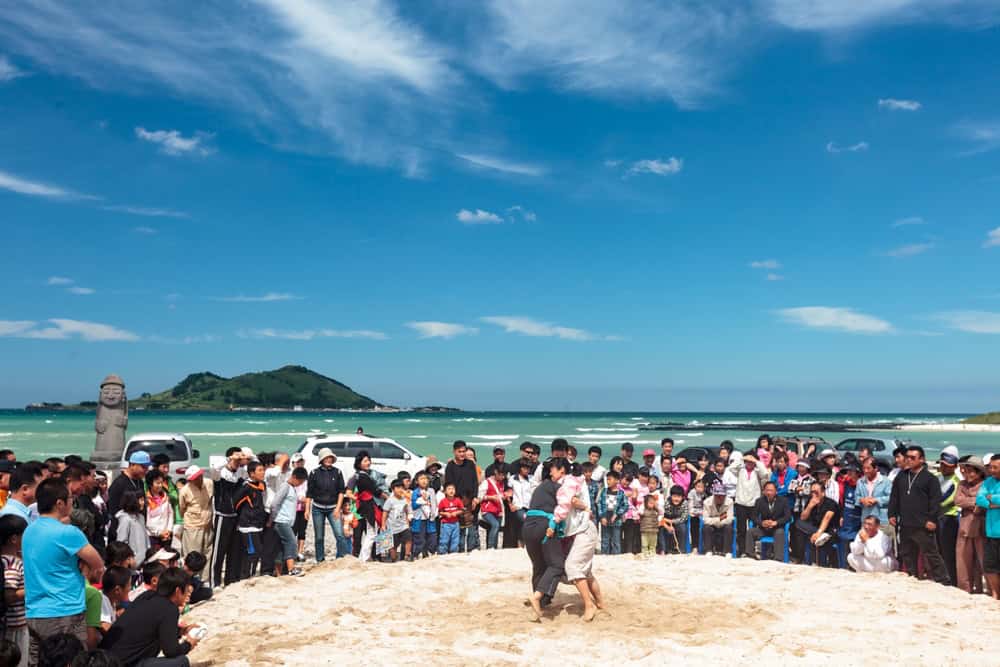
A traditional form of Korean wrestling, Ssireum is contested by two competitors aiming to bring any part of the opponent’s body above the knee to the ground. While popular in Korea, it remains rare internationally, known for its blend of strength and technique.
Lethwei

Known as Burmese bare-knuckle boxing, Lethwei is one of the most brutal martial arts forms, allowing the use of headbutts and fighting without gloves. Its rarity outside Myanmar is due to its extreme nature and the high level of toughness required.
This article originally appeared on Rarest.org.
More From Rarest.Org
Japanese whisky has gained global acclaim for its exceptional quality and craftsmanship, capturing the hearts of whisky enthusiasts worldwide. Japan’s whisky industry continues to impress with its diverse range of offerings. Read more.
San Antonio, Texas, boasts a vibrant culinary scene that caters to diverse tastes and preferences. Among its offerings are a number of high-end restaurants renowned for their exquisite cuisine, elegant ambiance, and impeccable service. Read more.
In the world of long-haul transport, semi trucks are not just vehicles but the backbone of logistics and supply chains globally. Their design, capabilities, and technological advancements dictate their price points. Read more.



